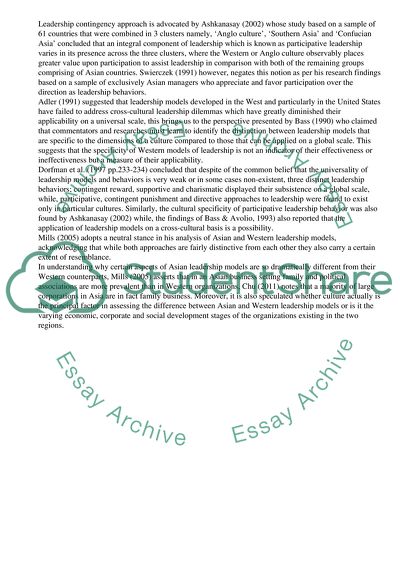Cite this document
(Contingency Models of Leadership - Managing the Differences between We Literature review, n.d.)
Contingency Models of Leadership - Managing the Differences between We Literature review. Retrieved from https://studentshare.org/management/1473939-final-report
Contingency Models of Leadership - Managing the Differences between We Literature review. Retrieved from https://studentshare.org/management/1473939-final-report
(Contingency Models of Leadership - Managing the Differences Between We Literature Review)
Contingency Models of Leadership - Managing the Differences Between We Literature Review. https://studentshare.org/management/1473939-final-report.
Contingency Models of Leadership - Managing the Differences Between We Literature Review. https://studentshare.org/management/1473939-final-report.
“Contingency Models of Leadership - Managing the Differences Between We Literature Review”, n.d. https://studentshare.org/management/1473939-final-report.


